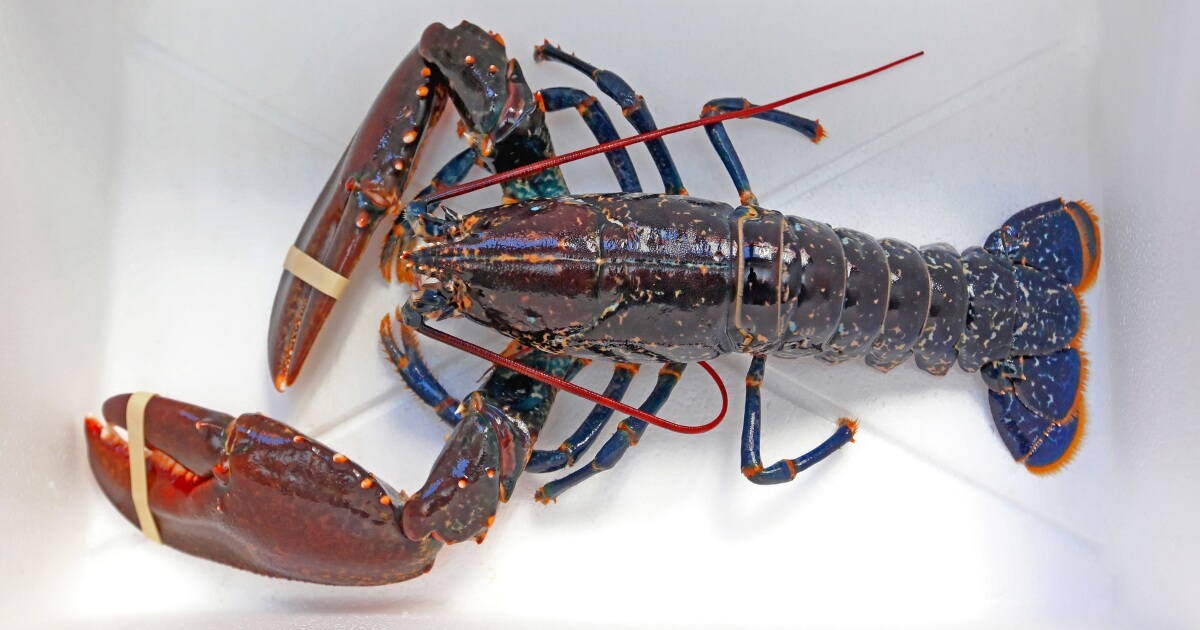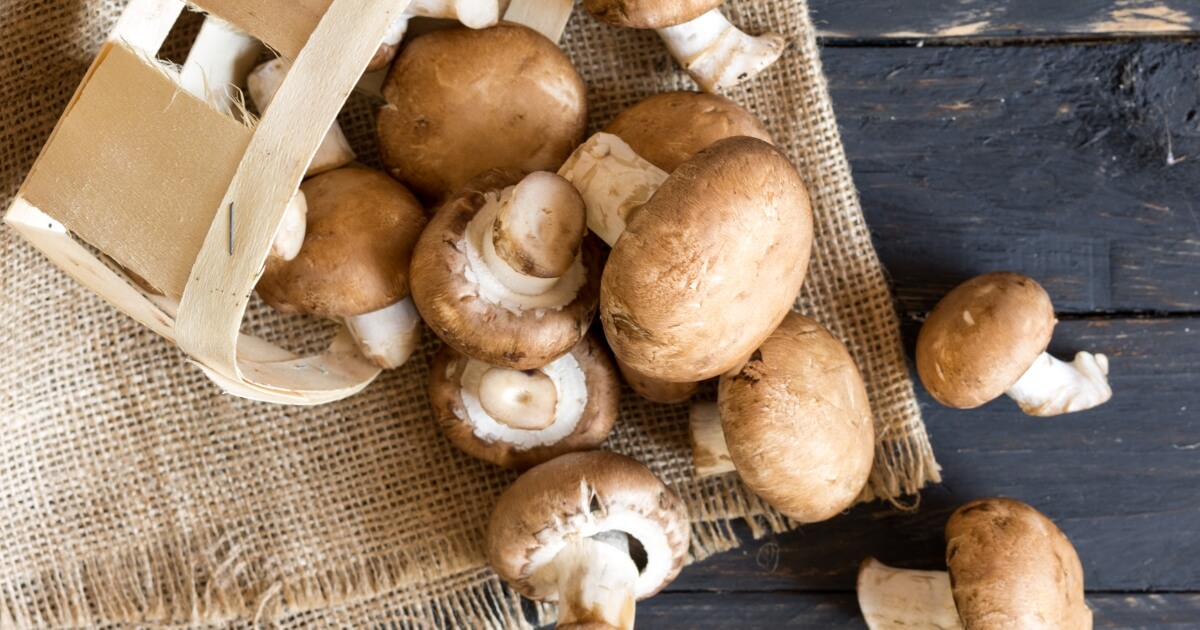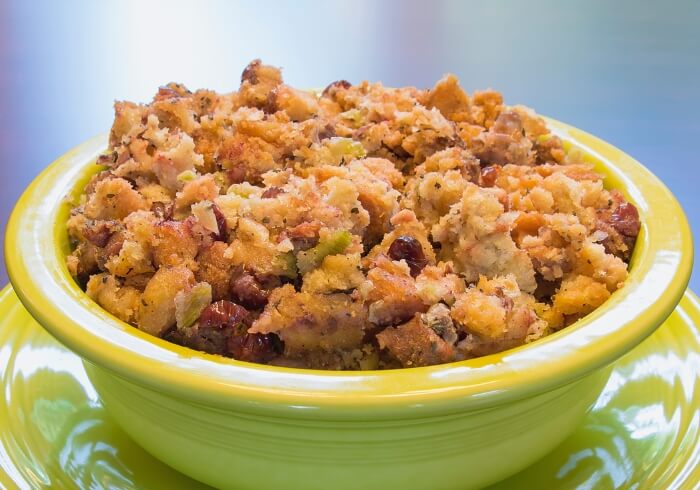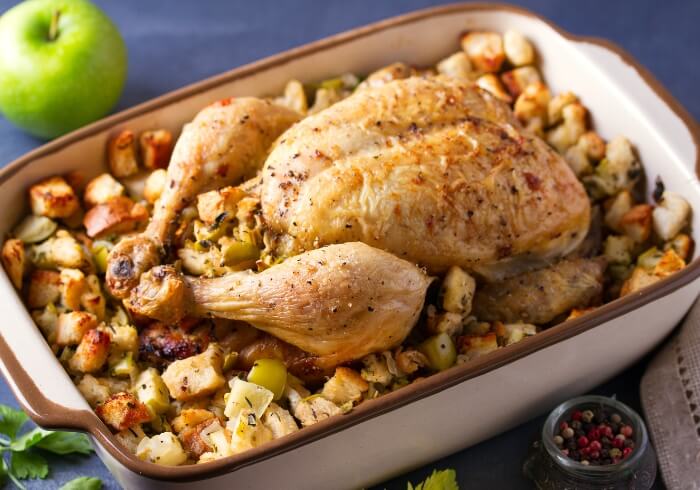Reheating chicken wings is a delicate dance that can end in all kinds of opposite tragedies. They can turn out too dry or too soggy, burned on the outside, or cold inside.
What is the best way to reheat chicken wings? If you have half an hour, we recommend oven reheating to get the best texture.
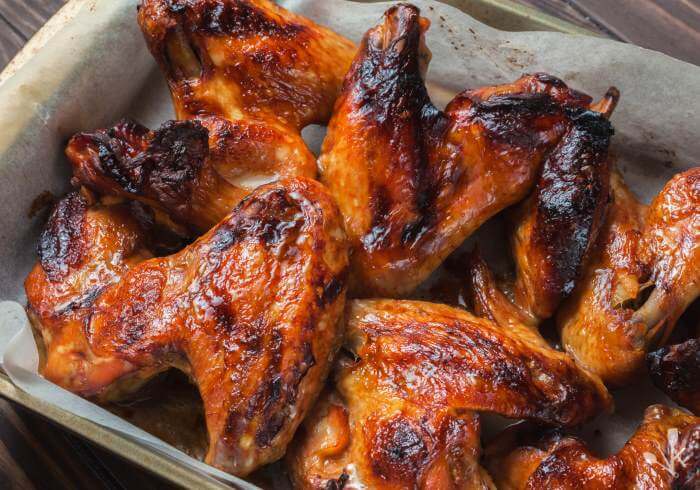
In this article, we’ll show you our three top ways to reheat wings, along with lots of tips to help you get the most out of the method you choose.
Can You Reheat Chicken Wings?
The chicken wing is an inspiring success story. It went from being one of the least popular parts of the chicken to becoming a superstar snack almost overnight.
The secrets of its success are its soft inside flesh coated in crispy skin and the teeming jungle of sauces that you can use to add a snap to each bite.
In the USA, chicken wings are one of the most expensive chicken part, right behind the boneless breast.
The best way to reheat wings is one that keeps both the outside crunch and the inside melt.
This starts with proper storage. To maintain that moist meat for a second sampling, wrap leftover chicken wings in plastic wrap or aluminum foil, and then seal them in an airtight container in the fridge.
To reheat chicken wings so that they are crispy, take them out of the fridge about 10 minutes before reheating them. Slowly increasing the temperature at first keeps a lot more flavor intact and helps the wings retain that golden crunch.
The reheating methods we talk about here work great for:
- Whole chicken wings
- Boneless chicken wings
- Buffalo wings
- Wingettes
- Drumettes
How Long To Reheat Chicken Wings in the Oven?
Even the best chicken wings reheated in the best way will suffer a small dip in quality. The meat will probably taste a bit drier than at first bite, and the skin may feel a bit soggier. You can make sure this dip is as small as possible by following our reheating instructions closely.
Here’s an idea of about how long you’ll need to reheat your wings for best results:
- Reheating in the oven, including preheating time – 30 minutes at 350F
- Reheating in the microwave – 2 or 3 minutes
- Reheating in the microwave with a crispy oven finish – 15 to 20 minutes
- Reheating in the frying pan – about 10 minutes
Reheating in the oven is the best way to keep your wings both crunchy and juicy. It will lock the sauce in and won’t dry out the meat.
Oven heating will prevent cold spots and get leftover wings close to their original flavor and texture as evenly as possible. It’s also the slowest reheating method but well worth it if you have 30 minutes to spare.
If you don’t have a lot of time, microwaving is the quickest way to minimize the interval between fridge wings and mouth wings.
Reheating wings in just the microwave can make them a touch rubbery and even a bit soggy.
You can get most of the crisp back by starting in the microwave and finishing in the oven. This takes a bit more time than full microwave reheating but still less time than full oven reheating.
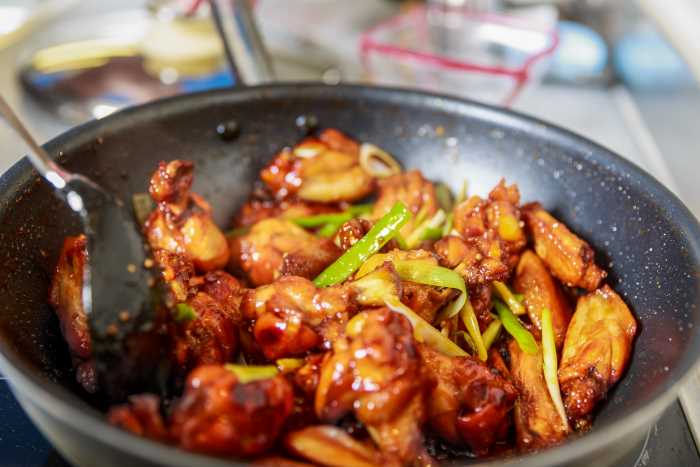
Another easy and fast way to reheat wings is in your frying pan on the stove. Be careful, though, it’s also easy to burn leftover wings on the stove, and things can get hot and messy quickly. You’ll need to keep a close eye on frying pan wings to prevent accidents and inedibles.
If you plan on reheating wings with sauce, we recommend adding the sauce near the end of the process so you can get that crispy finish first. Once you add the sauce, cover the pan or oven tray, so the moisture doesn’t evaporate.
You can also heat the sauce by itself, put it in a separate bowl, and use it to dip your reheated wings into it.
Only reheat as many wings as you plan to eat. Every time you heat and cool a chicken wing, the meat dries out a bit more, and the texture gets chewier. Avoid double reheating by keeping your eyes about the same size as your stomach.
Disease-spreading pathogens can grow on food that has been left at room temperature or stored in the fridge for too long.
To kill any bacteria that might be starting a chicken wing revolution, the USDA recommends you make sure your poultry reaches at least 165 degrees Fahrenheit when reheating it.
It’s best to use a thermometer to check the inside temperature of your reheated wings before eating them. If you don’t have a thermometer, make sure the wings heat up to a temperature that is much too hot to touch.
How To Reheat Chicken Wings in the Oven
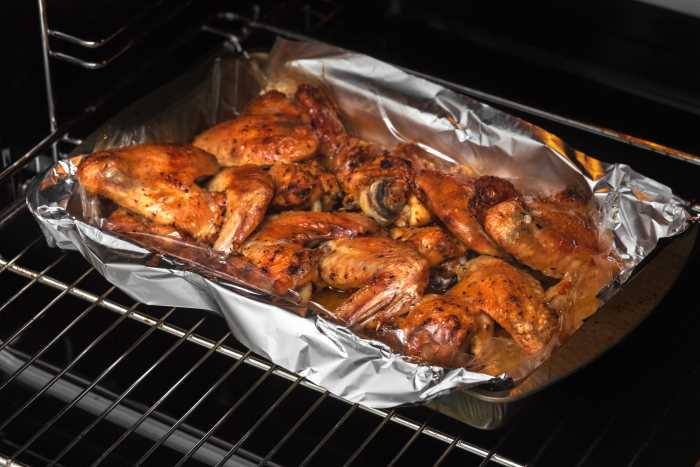
The exact cooking time depends on how many wings you’ll be reheating. The average time will be around 30 minutes, but it could take anywhere from 15 minutes for a couple of wings to an hour for a whole heap.
What You Need
- 1 Oven tray or pan
- Cooking oil, aluminum foil, or baking paper
- Spray bottle with water
- Butter (optional)
- 1 Pair of tongs
- 1 Thermometer
- 1 Oven mitt
Reheating Directions
- Start by preheating the oven to 350°F.
- While you wait, leave the wings you need at room temperature so they can start to lose their fridge bite. This should take around 10 to 15 minutes, about the same as it takes your oven to heat up.
- Cover the oven tray you plan to use with aluminum foil or baking paper. If you like a little more grease, you can cover it with cooking oil instead.
- Arrange your wings on your oven tray so they’re each about an inch apart.
- Spray a light layer of water over them to make sure they stay moist. If you prefer, you can brush the surface with a bit of butter.
- Put the tray in your 350F oven, and leave it to reheat for seven or eight minutes.
- Use the tongs to turn the wings over, and leave them to reheat on the other side for another seven to eight minutes.
- Use a thermometer and stick it in the meatiest wing to make sure the temperature there has hit 165°F before taking them all out. If not, use a knife to cut into one, and make sure steam comes pouring out.
- When you’re sure they’re hot enough, use the oven mitt to remove the tray from the oven.
How To Reheat Wings in the Microwave
The microwave is a convenient way to reheat food in a pinch. If you want to reheat chicken wings so they are crispy, end with an oven coup de grâce.
What You Need
- 1 Microwave-safe dish
- Paper napkins
- 1 Cup of water
- 1 Knife or thermometer
- 1 Oven tray and mitt (optional)
Reheating Directions
- If you have time for a quick oven finish, start by turning on your oven so that it’s ready at 350F when you need it.
- Cover your microwave-safe dish with a few damp paper napkins.
- Cover the napkins with a layer of wings. Make sure no wings are stacked or touching so the microwave radiation can heat them up as evenly as electromagnetically possible.
- Cover the wings with more damp napkins. This will help prevent dry, rubbery wings.
- To really keep the dry away, you can place a cup of water in the microwave along with your wings. This will make it nice and humid inside.
- Put your microwave-safe dish in the microwave slightly off-center. Electromagnetic waves bounce around unevenly, and if your dish is rotating around a stationary center, the center will absorb less heat. Off-centering it will help you avoid those nasty microwave cold spots.
- Heat up the wings and water for a couple of minutes. You only want them slightly warm if you’re going to use an oven finish. Any more than about two or three minutes will start drying out the texture. If you don’t need an oven finish, skip to Step #9.
- Remove the napkins, put the wings on your oven tray, and bake them in your preheated oven for a couple of minutes.
- Test the center of a thick wing with your thermometer or knife. If it’s piping hot on the inside and crackling crispy on the outside, your wings are done!
- If the center isn’t hot enough yet, flip the wings over and keep reheating them for another couple of minutes.
How To Reheat Wings in the Frying Pan
Frying leftover wings is a simple process that can you give you tender flesh and extra-crispy skin. It will take only around 10 minutes, but you’ll need to pay close attention to make sure the outside doesn’t burn.
What You Need
- Cooking oil
- Paper napkins
- Plate
- 1 Pair of tongs
Reheating Directions
- Turn your stove on high and take your wings out of the fridge at the same time. This lets the stove heat up while the wings reach room temperature.
- Slosh a couple of tablespoons of oil into the pan. Make sure it’s enough to lightly coat all the wings you’ll be reheating.
- Once the oil is bubbling hot, carefully put the chicken wings into the frying pan.
- Stir them around to coat each one with oil, then leave them to sit for a minute or two.
- Once the underside begins to get crunchy, flip the wings over and fry the other side for another couple of minutes.
- While your wings are finishing, drape a plate in paper napkins. These will absorb any extra oil that drips off the wings.
- When you see a golden-brown finish all around, your wings are ready. Turn the stove off, and use the tongs to place them on the paper-shrouded plate.
Final Thoughts
For a quick wing fix, microwave or stove reheating only takes a few minutes but can be messy or soggy if you don’t pay close attention.
The oven takes about 30 minutes and will give you wing reheating results that taste closest to the original flavor and texture. Always make sure the inside temperature reaches 165 degrees Fahrenheit or too hot to touch before you eat your reheated chicken wings.


